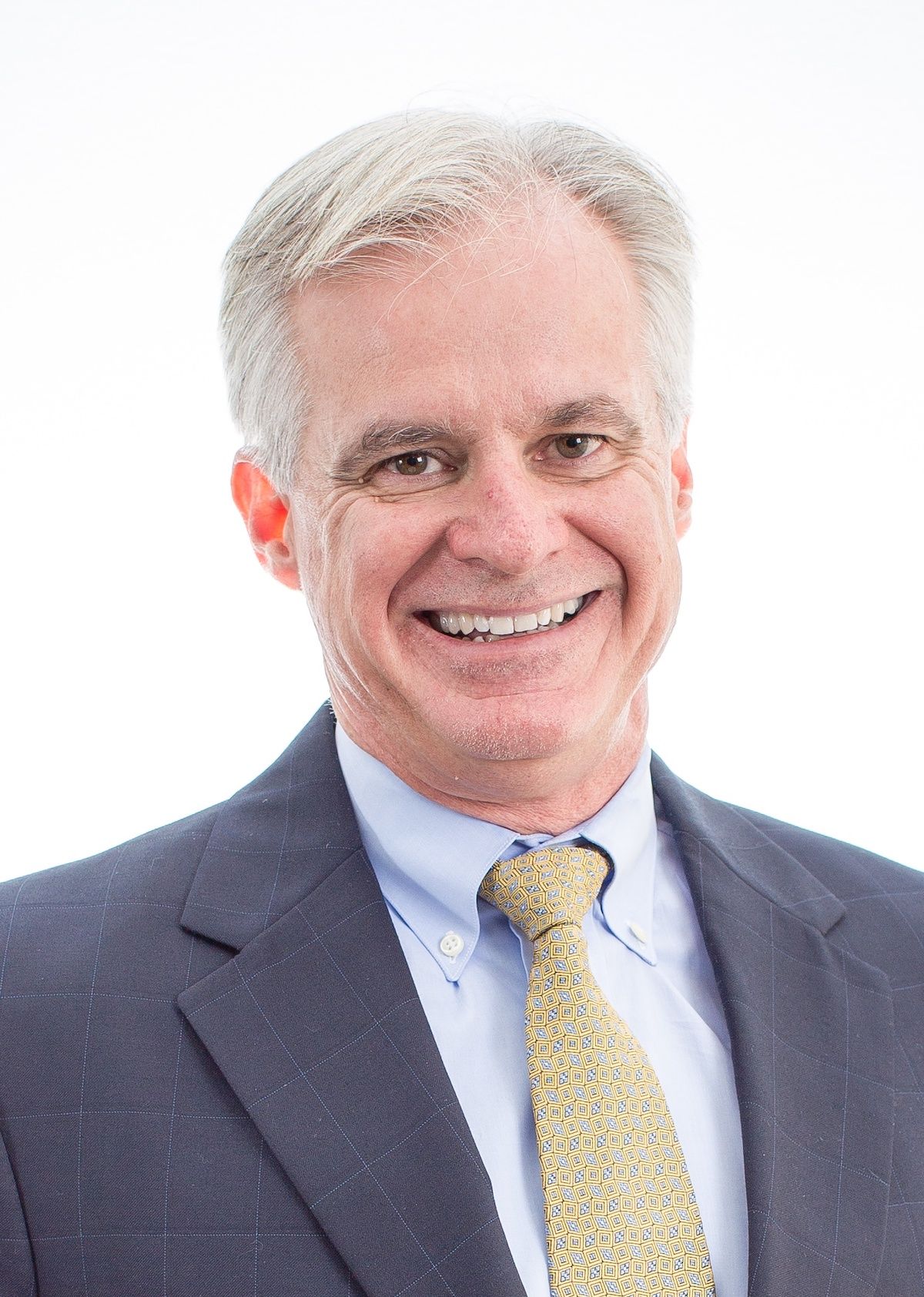Publication
Article
Medical Economics Journal
What physicians need to know about exchange-traded funds
Author(s):
The rapid growth of ETFs makes more tightly focused strategies accessible to individual investors, especially those bewildered by the often daunting task of picking stocks.
Exchange-traded funds (ETFs), investments not widely known a decade ago, are proliferating in a broadening variety, affording investors increased flexibility to shape their portfolios.
The rapid growth of ETFs makes more tightly focused strategies accessible to individual investors, especially those bewildered by the often daunting task of picking stocks. Investors who can benefit include physicians managing their accumulated wealth, retirement plans, or a 401(k) rollover executed as they approach or enter retirement.
ETFs first hit the financial services mainstream in the early 1990s. Similar to index mutual funds, they have lower fees but they offer a key advantage — they can be bought and sold during the trading day, so investors aren’t forced to take the price at market close as they are with mutual funds. Despite this edge, ETFs struggled for years to gain traction. Over the past decade, however, they’ve achieved widespread acceptance as an alternative to index funds.
Until a few years ago, ETF was pretty much synonymous with passive management because only a handful were actively managed funds in which managers picked stocks rather than tracked indices. Since 2016, however, active ETFs have taken off. As of July 2021, they accounted for 66% of the more than 188 new ETFs launched thus far in 2021, bringing the total of active products to 639. Reasons for the growth include regulatory changes that make them less expensive for investment companies, and ease of purchase for investors.
Actively managed ETFs have received a boost from the rising profile of ARK Funds, a company with several active ETFs that have posted astronomical five-year returns (though they’ve ebbed over the past year or so). ARK’s success has lent legitimacy to the idea of active ETFs based on a broad concept. ARK’s funds own shares in technology companies contributing to what the company calls transformative disruption.
As more active ETFs have launched, offerings of passively managed ETFs have expanded from basic funds tracking major indices to more sophisticated products. Some of these ETFs track part of an index, whereas others offer exposure to esoteric indices stressing a particular performance metric or characteristic.
For nonequity asset classes — including bonds, commodities and currencies — the preponderance of ETFs is opening up many new possibilities for investors.
For stock investors, a wide range of available ETFs suggests myriad strategies. Here are few examples:
Buying into narrow subsectors on broad sector dips. For example, Amplify Transformational Data Sharing (BLOK),an actively managed blockchain-oriented ETF, owns shares of various cryptocurrency mining firms and manufacturers of high-powered computer equipment for mining. If the overall tech sector takes a big hit, investors may broadly sell tech shares such as cryptocurrency/blockchain companies. This scenario would likely push down shares of BLOK, allowing investors to buy in low.
Discovering attractive companies while considering active ETFs based on themes. For example, ARK Autonomous Tech & Robotics ETF (ARKQ), a fund focused on autonomous vehicles, casts a wide net to buy shares of companies making contributions to autonomous vehicle technology. Reviewing this fund’s holdings might alert investors enamored with this theme — including stock pickers — to companies they hadn’t known were relevant to it. The fund includes seemingly unlikely industrial companies developing applicable technologies such as Lockheed Martin, Deere & Company and Caterpillar.
Building a fund of funds, custom-weighted to reflect an individual’s view of the market. Suppose an investor wants exposure to the S&P 500 but disagrees with the index’s sector weightings. Instead, the investor could buy a selection of sector ETFs to build a portfolio of sector funds, each weighted as the investor chooses. SPDR offers passive ETFs of S&P 500 stocks for all 11 sectors of the index. If an investor believes energy will rise, they can weight energy ETF (XLE) more heavily than the S&P 500 currently does (2.76%), as of press time. If the investor disagrees with many analysts that rising current inflation will eventually lead to rising interest rates, benefiting banks and financial firms, then they might want to weight SPDR’s financials/banking ETF (XLF) lighter than does the S&P 500 (11.45%).
Getting exposure to a particular performance metric or characteristic. For example, investors seeking exposure to value stocks with strong free cash flow might choose Distillate U.S. Fundamental Stability & Value ETF (DSTL). Or value-oriented investors with ESG (environmental, social and governmental) goals might like ClearBridge Focus Value ESG ETF (CFCV). For momentum-oriented investors, ProShares NASDAQ-100 Dorsey Wright Momentum ETF (QQQA) offers this specific exposure. It owns 18 technology stocks from the NASDAQ-100, all with high relative strength, and three from other sectors — pharmaceuticals, communications and foods — that also have strong momentum characteristics. This fund is reconstituted quarterly to maintain its exposure to stocks that have moved upward during the past quarter, a sign that they may continue this ascent for a time.
Accessing market trends while they’re still hot—especially when many investors may think they’re not. For example, iShares U.S. Home Construction ETF (ITB) is a passively managed fund that provides exposure to the current boom in single-family home construction. The Case-Shiller U.S. Home Price Index posted the highest one-year gain ever, up 19% through the end of June 2021. Many investors might now see this as a top, but that would be to discount various data indicating room for growth: historically low interest rates, a legion of demographically dominant millennials seeking homes and a dearth of new homes built during the COVID-19 pandemic. Also, housing starts are currently way below where they need to be to meet projected long-term demand.
Potential strategies are limited only by the variety of available ETFs, which is expanding daily.
Dave Sheaff Gilreath, a certified financial planner, is a 40-year veteran of the financial services industry. He is a partner and chief investment officer of Sheaff Brock Investment Advisors LLC, a portfolio management company for individual investors, and Innovative Portfolios LLC, an institutional money management firm. Based in Indianapolis, the firms manage approximately $1.4 billion in assets nationwide.






